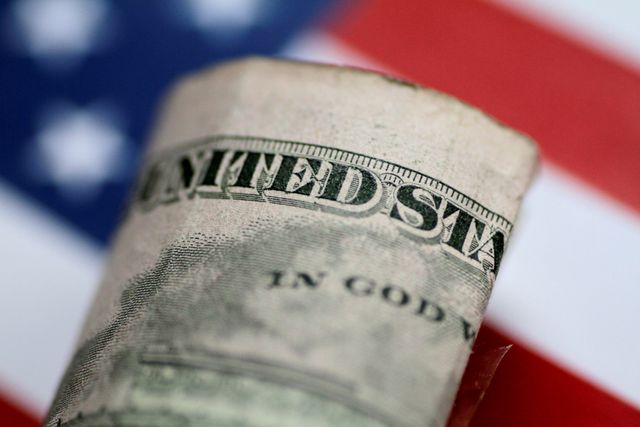




Monthly Economic Update: One for the road
 DOWNLOAD
DOWNLOAD

Inflation Update: Still low, still slow
 DOWNLOAD
DOWNLOAD

Philippines Trade Update: Exports momentum continues
 DOWNLOAD
DOWNLOAD


US yields slide on weak data, ECB move

NEW YORK, July 21 (Reuters) – US Treasury yields fell on Thursday, with the benchmark 10-year note below 2.9%, weighed by soft economic data and after the first interest rate hike in 11 years by the European Central Bank turned investors’ focus toward an economic slowdown.
The 16 basis points drop in the 10-year yield was its largest for any day since March 2020.
The number of Americans enrolling for unemployment benefits rose last week to the highest in eight months and a gauge of factory activity slumped this month, the latest indications the US economy is slowing under the weight of rising interest rates and high inflation.
The ECB raised its benchmark deposit rate by 50 basis points to zero percent, breaking its own guidance for a 25 basis points move, as concerns about runaway inflation trumped worries about growth.
But even as the ECB moved more than expected, the terminal rate was not changed.
“(ECB President Christine) Lagarde said that the size of the move today does not mean that we’re going to necessarily see a higher terminal rate, and I think the market focused on that mostly,” said Ben Jeffery, rates strategist at BMO Capital Markets in New York.
He said the ECB’s move took any lingering pressure away from the Federal Reserve to raise its benchmark overnight interest rate next week by more than the expected 75 basis points.
The two-year US Treasury yield, which typically moves in step with interest rate expectations, was down 16.5 basis points at 3.085%.
The yield on 10-year Treasury notes was down 15.9 basis points to 2.877%. The yield on the 30-year Treasury bond was down 12.2 basis points to 3.048%.
The two- and 10-year Treasury notes yield spread, seen as an indicator of economic expectations, was at -21.0 basis points.
The breakeven rate on five-year US Treasury Inflation-Protected Securities (TIPS) was last at 2.59%, after closing at 2.682% on Wednesday.
The US dollar 5 years forward inflation-linked swap, seen by some as a better gauge of inflation expectations due to possible distortions caused by the Fed’s quantitative easing, was last at 2.377%.
(Reporting by Rodrigo Campos; Editing by Paul Simao and Jonathan Oatis)
This article originally appeared on reuters.com





 By Reuters
By Reuters